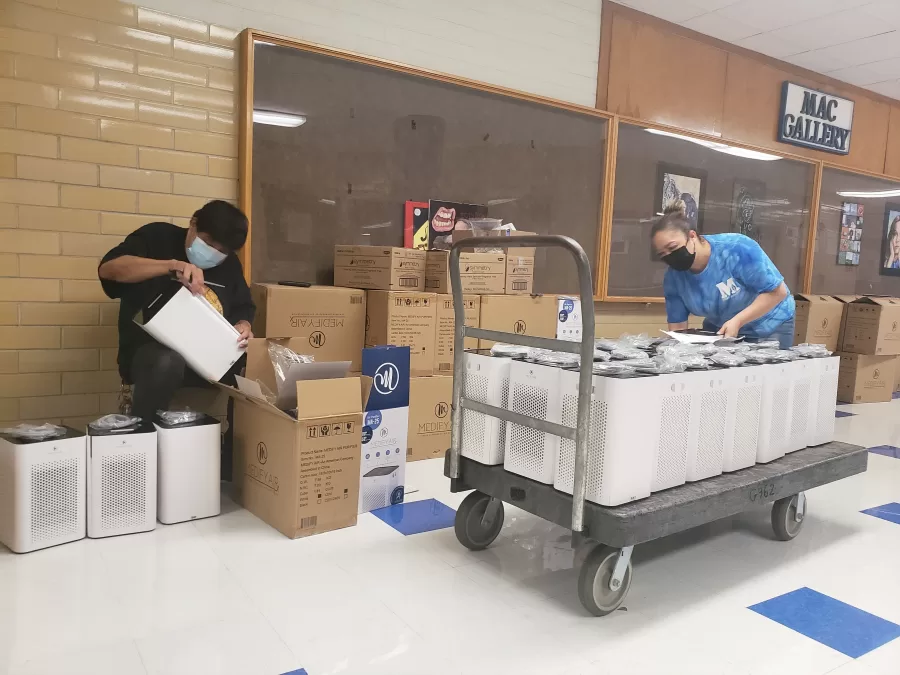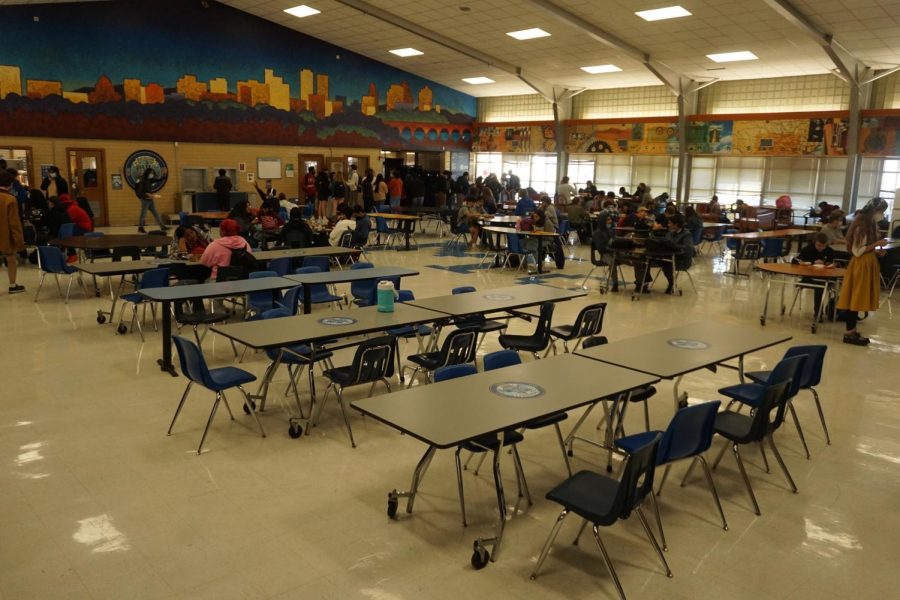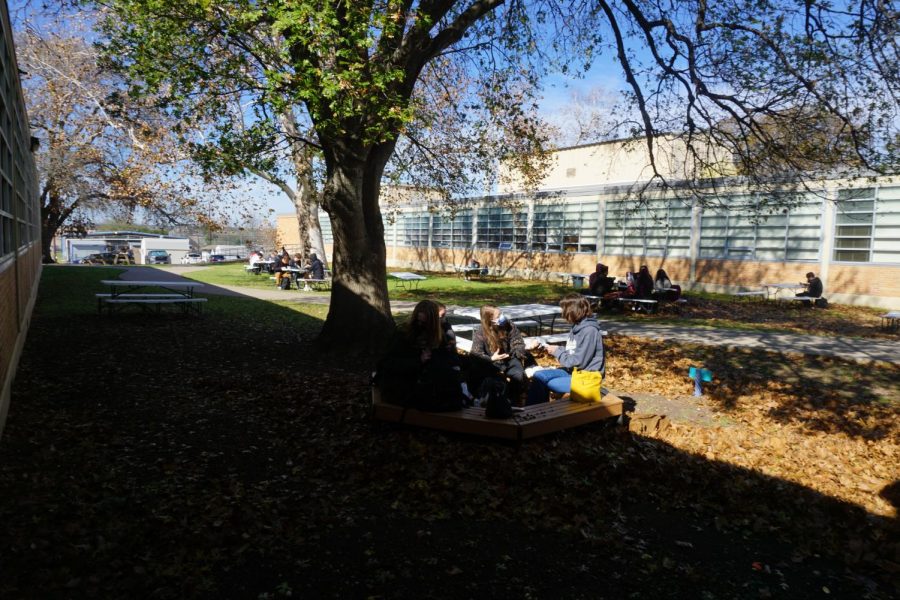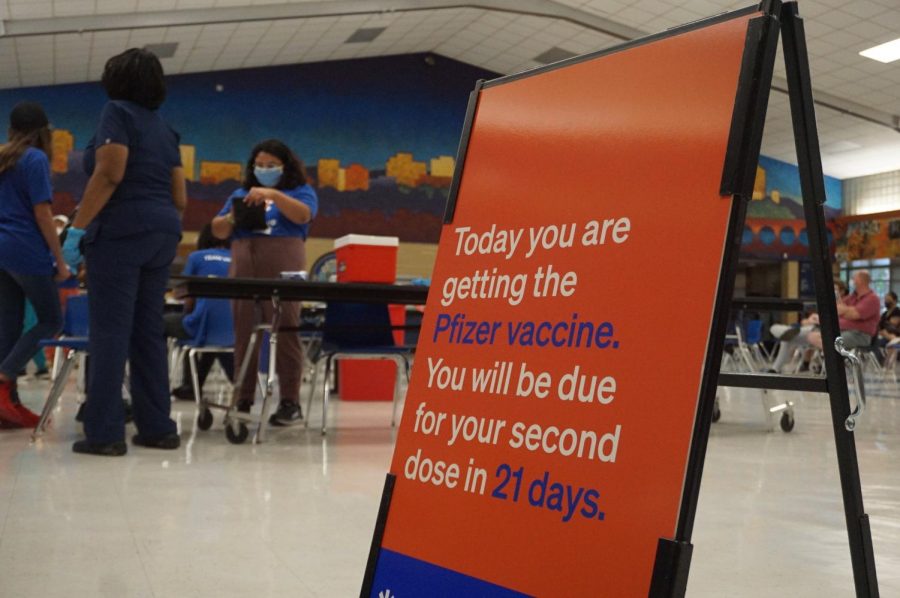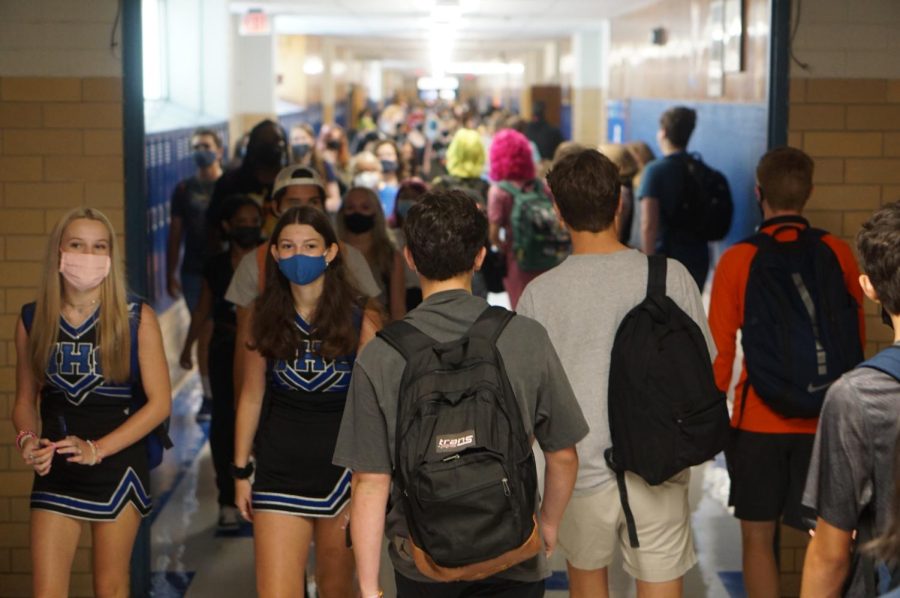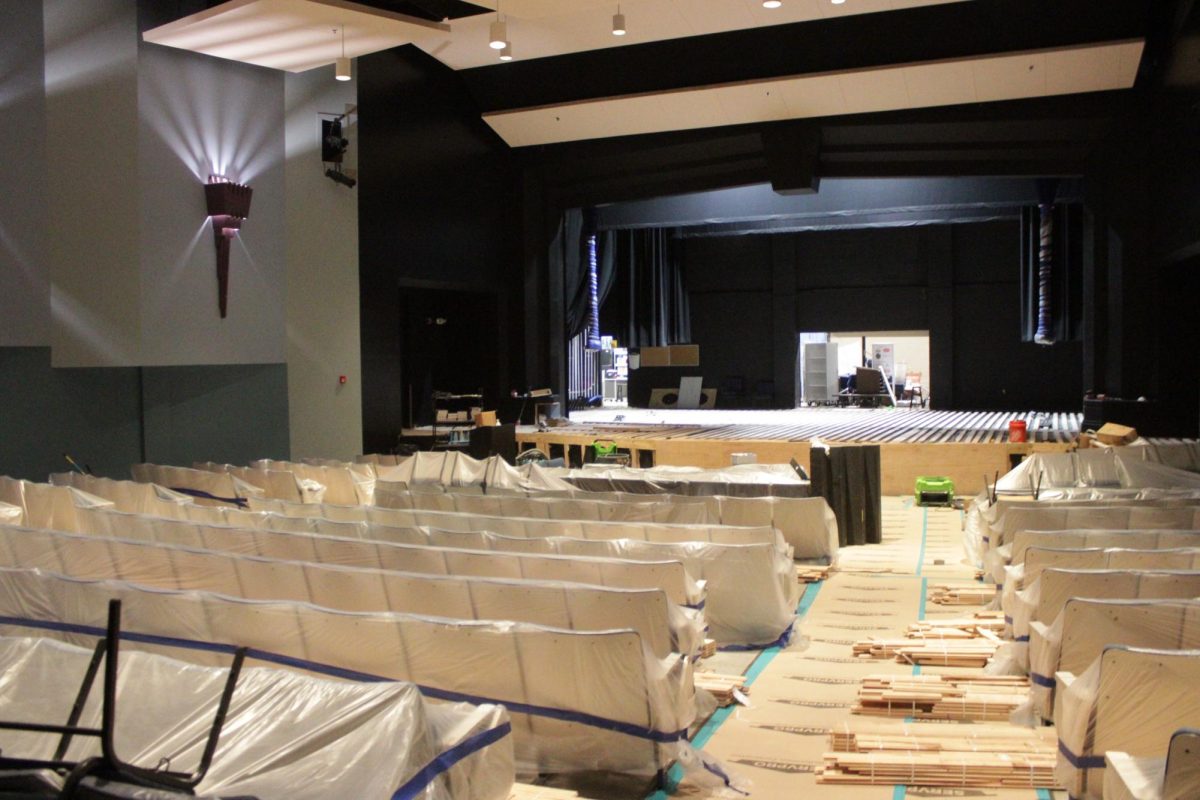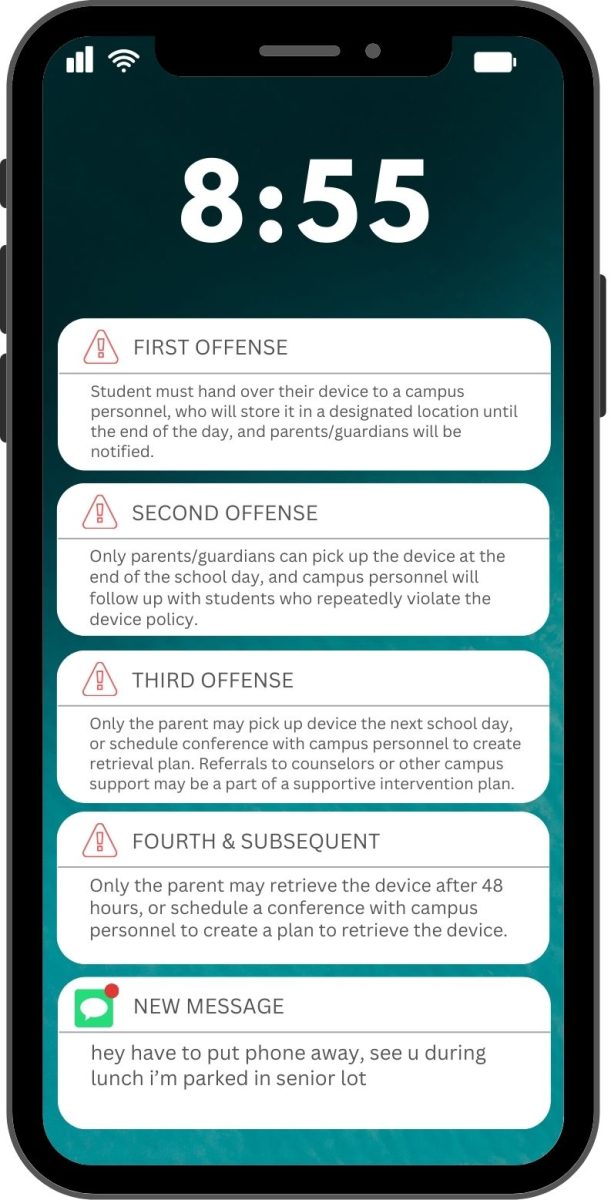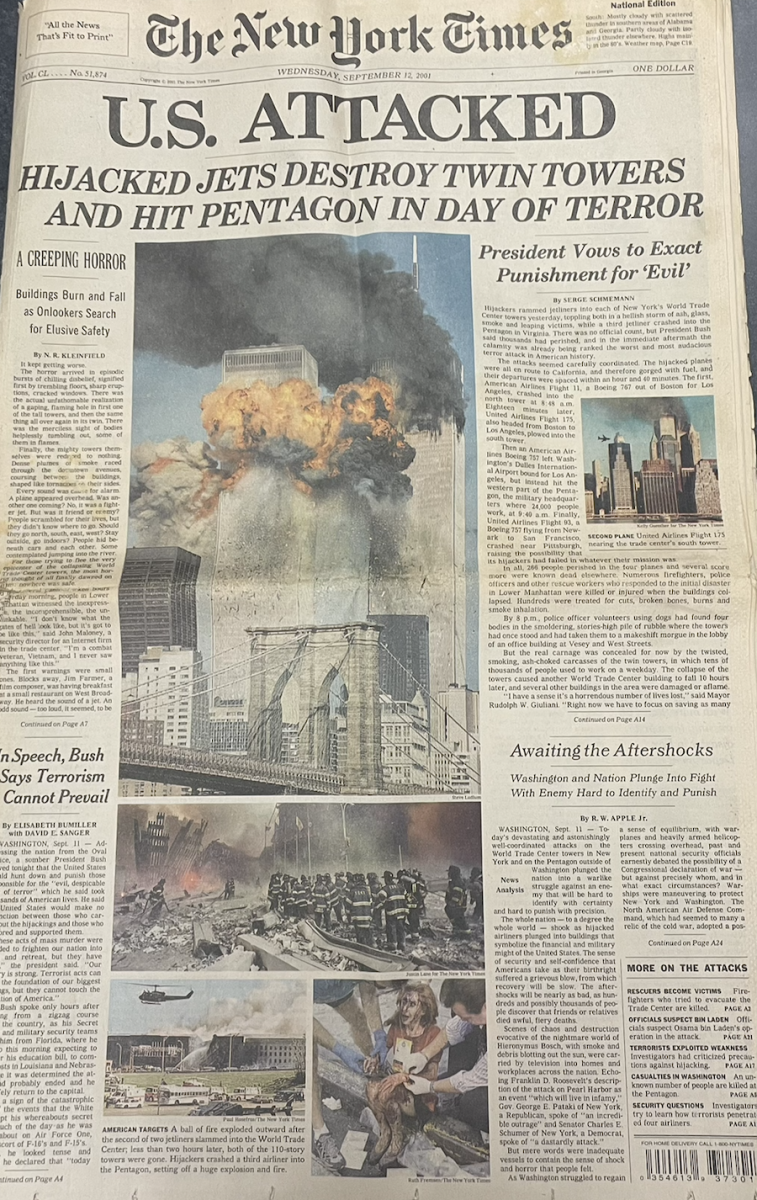Currently, Austin is in Stage Five protocol for COVID-19. And district parents—around 84% according to a recent AISD poll—are nervous about sending their children back to in-person school. Breakthrough cases are on the rise, and the majority of students grades K-6 are unable to be vaccinated. Yet despite these risks the CDC recommends in-person learning for students. This predicament puts the district in a difficult position as they are forced to balance the mental and physical health of its students with state regulations and parental concerns. In an attempt to find harmony between these factors, AISD will once again be offering a virtual option for elementary students.
‘“The CDC says that in-class instruction is both safe and beneficial to children,” Austin ISD states on its website, “and the focus from state and federal leaders continues to be to return to in-class instruction. However, as the COVID numbers rose in Austin and Travis County moved into Stage 4 [now stage 5], parents told us they wanted this option.”
The virtual option will be available for students grades K-6 for the fall semester. This is a deliberate choice on part of the district as students under 12 do not yet qualify to receive a vaccination for COVID-19 .
The virtual learning option will be a combination of synchronous and asynchronous learning, taught over Zoom, and BLEND, AISDs online learning platform. The students will be taught in the core subjects (English, Science, Math, History) and according to the statewide curriculum for their grade. PE, Art, and Music will be taught as well.
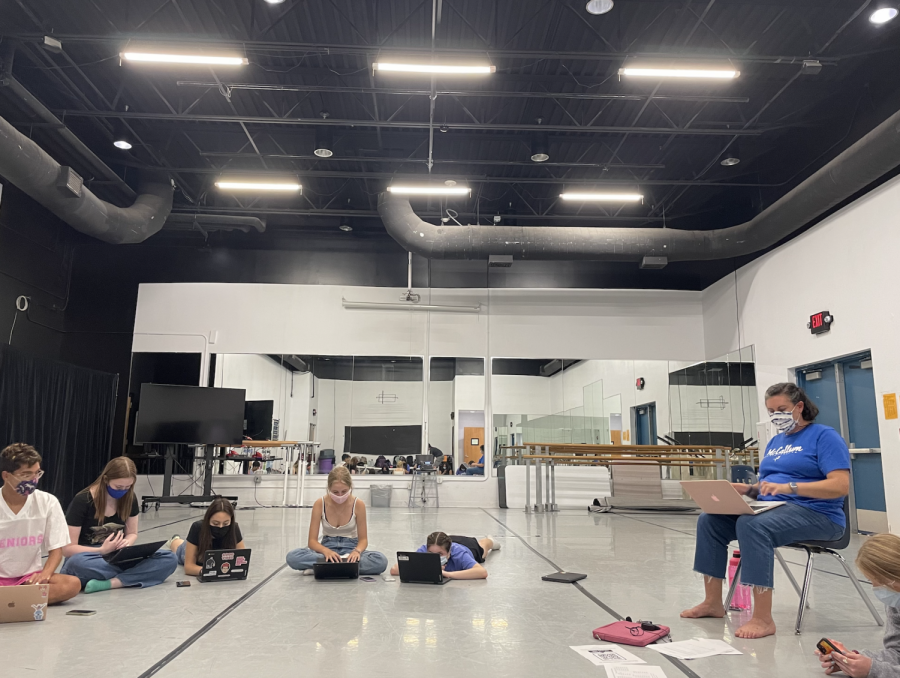
The virtual learning option, however, comes with a cost to the district.
“The Texas Education Agency, meaning the state of Texas, is not providing money for a virtual option,” AISD board of trustee Kristin Ashy said, “so we are paying as a district for this program, if you will, out of pocket. The students that enroll in the virtual option are not counted for our average daily attendance.”
As a result, Ashy said, the district will lose the funding that those students usually bring in from attendance—approximately $4,500 per student per semester. According to the AISD relations hotline, combined with additional costs needed to supplement these students during virtual learning, AISD will lose approximately $10,000 per student, per semester. This is a total $34.76 million loss to the district to supplement the 3,476 students enrolled in the virtual option.
But the financial costs of dealing with COVID are only part of the challenge. AISD must also prevent the spread of COVID on campuses. They have been providing contact tracing, testing, and using air filters and fans to inhibit the spread. AISD has also decided to mandate wearing masks—against the wishes of Gov. Greg Abott and attorney general Ken Paxton.
This decision was made during a board meeting that took place on Monday, Aug. 9. In the meeting, audio-recorded remarks left by the AISD community were played. The overwhelming majority of speakers supported mandating masks.
“I am an AISD parent to two Davis elementary students, ages 6 and 5,” caller Suzannah Anderson said. “My 6-year-old’s board-certified pediatrician has diagnosed him as at high risk for severe illness and hospitalization if he contracts COVID-19. I ask you to please mandate masks and other safety protocols to protect our children and teachers, as this will be the only layer of protection for my son and other high risk individuals.”
The mask mandate has made some parents more comfortable with in-person education. As a result, in-person enrollment has increased by 757 students since the mandate was announced. Despite this additional safety precaution, however, many AISD parents still want the security of a virtual option.
“I’d be pretty relieved that they’re offering a virtual option right now,” says Darron, who asked the Shield to withhold his last name to protect his family’s privacy. Darron is a prospective and future AISD parent who recently withdrew his two young sons from their daycare out of concern for fear they might be exposed to COVID there. He appreciates the district’s creation of a virtual option for families.
“My perspective is that AISD is using all the tools that they have at their disposal,” Darron said, “and [as prospective parents] we are happy to see the efforts that they’re making to improve the situation.”
Virtual learning is an option, but not a perfect solution.
“Even with this virtual learning, I’m going to do some sort of hybrid teaching this year, because I’m going to have a kiddo with a parent who has Corona who needs to be quarantined for 10 days,” said Laura Beck, a fifth-grade teacher at Brentwood Elementary, “I’m not going to have the 10 days out of school. I’m going to have them Zoom in with the rest of their classmates. So I hated doing both. I hated hybrid teaching and concurrent teaching, just like, I hated teaching in a mask, but it was sort of the necessity of teaching in the pandemic.”
And online learning isn’t a good fit for everyone. Last year AISD had the highest failure rate in its history at 40% for high school students.
“I can tell you, from an education standpoint, Virtual is not a fit for everyone,” Ashy said. “There is a lot of research that has been done that shows that in person, instruction is still the best delivery of information to students. Yet I also understand parents’ hesitancy [about sending their children back to in-person school] given the current medical situation that we find ourselves in for students that are younger than 12 years old. These parents feel at a disadvantage in the fact that they can’t have their children vaccinated. And so I understand why parents are interested in a virtual option in the interest of keeping their children safe and [their] extended family safe.”
Virtual learning also takes a toll on students’ mental health.
“I just feel it’s a miss in life,” Beck said, “In these precious elementary school years, I think the consequences of attending virtual school are more so than in-person school. Younger kiddos K-6, desperately need and deserve to be face-to-face with a learning community. Already, some of these kids haven’t been in school since March 2020. They’re losing social skills. They’re developing anxiety about being with people because it’s been so long. There are so many personal and emotional repercussions happening the longer we keep young kids out of in-person school.”
As Austin continues to be in stage five with COVID, parents look to the district to make choices that will both protect and educate their children. With the issue playing out at the federal, state and local levels, it is unclear who will chart the course of public education in the future or where that course will lead AISD students and their families.
